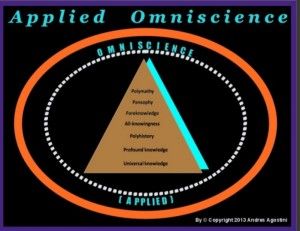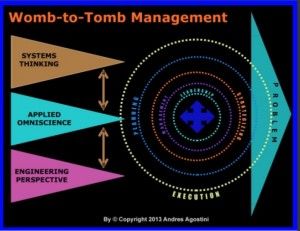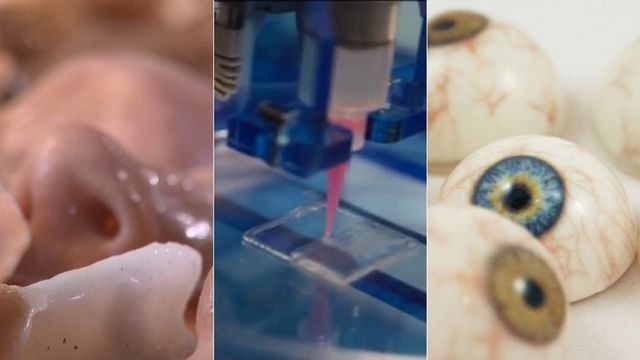Dec 11, 2013
Britain aiming to cure dementia, says Cameron
Posted by Seb in categories: biotech/medical, health, life extension
by RHIANNON EDWARD
a TREATMENT to cure or halt dementia by 2025 is “within our grasp”, Prime Minister David Cameron said yesterday, as he announced a doubling in UK funding for research.
Mr Cameron was addressing scientists, politicians and campaigners from around the world who have gathered in London for a dementia summit called by the UK as part of its year-long chairmanship of the G8.
With the World Health Organisation (WHO) forecasting that the number of dementia sufferers will almost double worldwide every two decades, Mr Cameron has said he wants UK government investment in dementia research to rise from £66 million in 2015 to £122m in 2025, with similar increases from the commercial and charitable sectors.












